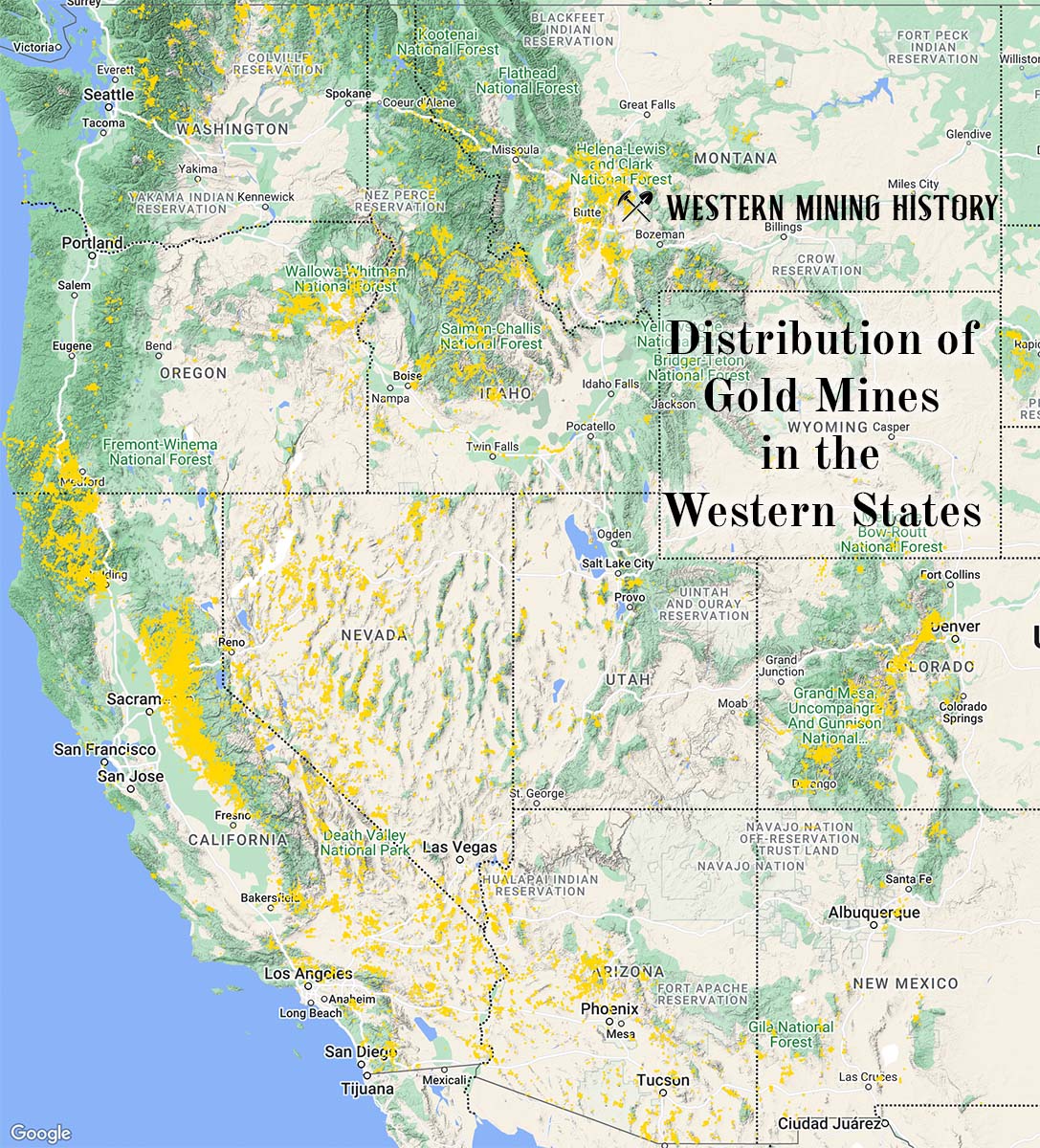The Bay State Mine is a lead and silver mine located in Utah county, Utah at an elevation of 7,749 feet.
About the MRDS Data:
All mine locations were obtained from the USGS Mineral Resources Data System. The locations and other information in this database have not been verified for accuracy. It should be assumed that all mines are on private property.
Mine Info
Elevation: 7,749 Feet (2,362 Meters)
Commodity: Lead, Silver
Lat, Long: 40.52833, -111.59333
Map: View on Google Maps
Bay State Mine MRDS details
Site Name
Primary: Bay State Mine
Secondary: Bay State Mining and Development Co.
Secondary: Bay State Tunnel
Secondary: Kelly Tunnel
Secondary: Tyler Tunnel
Commodity
Primary: Lead
Primary: Silver
Tertiary: Antimony
Tertiary: Barium-Barite
Tertiary: Zinc
Location
State: Utah
County: Utah
District: American Fork District
Land Status
Land ownership: Private
Note: the land ownership field only identifies whether the area the mine is in is generally on public lands like Forest Service or BLM land, or if it is in an area that is generally private property. It does not definitively identify property status, nor does it indicate claim status or whether an area is open to prospecting. Always respect private property.
Holdings
Not available
Workings
Type: Underground
Ownership
Not available
Production
Not available
Deposit
Record Type: Site
Operation Category: Occurrence
Operation Type: Unknown
Year First Production: 1915
Year Last Production: 1919
Discovery Year: 1912
Discovery Method: Ore-Mineral In Place
Years of Production:
Organization:
Significant: N
Deposit Size: S
Physiography
General Physiographic Area: Rocky Mountain System
Physiographic Province: Middle Rocky Mountains
Physiographic Detail: Wasatch Mountains
Mineral Deposit Model
Not available
Orebody
Form: TABULAR, POD
Structure
Type: R
Description: Uinta-Cottonwood Arch, Cordilleran Hingeline. Sevier Overthrust Belt
Type: L
Description: North Striking Fissure
Alterations
Alteration Type: L
Alteration Text: Oxidation
Rocks
Name: Diorite
Role: Associated
Age Type: Associated Rock
Age Young: Pliocene
Name: Diorite
Role: Associated
Age Type: Associated Rock Unit
Age Young: Pliocene
Name: Diorite
Role: Associated
Age Type: Host Rock
Age Young: Mississippian
Analytical Data
Analytical Data: ONE OUNCE OF SILVER TO EACH
Materials
Ore: Sphalerite
Ore: Galena
Unknown: Barite
Unknown: Stibnite
Unknown: Kermesite
Comments
Comment (Deposit): DEPOSIT IS CHIEFLY A REPLACEMENT OF LIMESTONE ADJACENT TO A NORTH STRIKING FISSURE
Comment (Workings): ONE ADIT SHOWN ON MAP. A MINE PROVIDED BY CALKINS AND BUTLER, 1943 SHOWS FIVE ADITS, ALL STRIKING SOUTHWEST. THE COORDINATES FOR THE KELLY TUNNEL, THE MAIN PORTAL, ARE GIVEN FOR THE CARD. FROM NORTH TO SOUTH THE OTHER TUNNELS ARE THE TYLER, CHIPMAN, TUNNEL NO. 5, AND TUNNEL NO. 6 TUNNELS
Comment (Production): ORE SAID TO CONTAIN ONE OZ/TON OF AG FOR EACH PERCENT OF LEAD. SOME ZINC NOTED IN ORE
Comment (Geology): STIBNITE IS PARTLY ALTERED TO KERMESITE, THE OXYSULFIDE OF ANTIMONY, AND PROBABLY ACCOUNTS FOR ALL THE RED. STAINING ALONG THE STIBNITE SEAMS.
Comment (Location): TOWNSHIP UNSURVEYED ; INFO FROM LAND.ST :1983
Comment (Development): DEVELOPMENT WAS DONE FROM 1912 THROUGH 1919
References
Reference (Deposit): CALKINS, F.C., AND BUTLER, B.S., 1943, GEOLOGY AND ORE DEPOSITS OF THE COTTONWOOD-AMERICAN FORK AREA, UTAH: U.S. GEOLOGICAL SURVEY PROF. PAPER NO. 201.
Reference (Deposit): BUTLER, B.S., LOUGHLIN, G.F., HEIKES, V.C., AND OTHERS, 1920. THE ORE DEPOSITS OF UTAH: U.S. GEOLOGICAL SURVEY PROF. PAPER NO. 111.
Reference (Deposit): BAKER, A.A. CALKINS, F.C., CRITTENDEN, M.D., JR., AND BROMFIELD, C.S., 1966, GEOLOGIC MAP OF THE BRIGHTON QUADRANGLE, UTAH: U.S. GEOLOGICAL SURVEY GEOL. QUAD. MAP GQ-534
Reference (Production): CALKINS AND BUTLER, 1943
The Top Ten Gold Producing States

These ten states contributed the most to the gold production that built the West from 1848 through the 1930s. The Top Ten Gold Producing States.